
通過式噴淋清洗機清洗(xǐ)效果評估方法
作者:創始人來源:http://www.ahfanglei.com/時間:2025-07-16
通過(guò)式噴淋清洗機的清洗(xǐ)效果評估需結合工件實(shí)際(jì)狀態、工(gōng)藝要求及設備性能,通(tōng)過多維(wéi)度檢測與(yǔ)分析(xī),判斷清洗(xǐ)是否達到預期(qī)標準,為優(yōu)化清洗參數提(tí)供依據。
The evalsuation of the cleaning effect of the spray cleaning machine should be based on the actual condition of the workpiece, process requirements, and equipment performance. Through multidimensional detection and analysis, it is necessary to determine whether the cleaning meets the expected standards and provide a basis for optimizing cleaning parameters.
外觀與表(biǎo)麵清(qīng)潔度檢查是最直接的評估方式。取出清洗後的工件,首先通過肉眼觀察其(qí)表麵狀態,合格的清洗效果應無明顯(xiǎn)可見的油(yóu)汙、鐵屑、灰塵等汙漬,工件表麵色澤均勻,無清洗劑殘留形成的水痕、白霜。對於有凹槽、縫隙、盲孔的工(gōng)件,需借助手電(diàn)筒或放大鏡檢查這些易藏汙納垢的部位,確保無汙漬堆積 —— 例如齒輪的齒間、軸承的內圈凹槽,需用手指觸摸感受是否光滑,無(wú)黏膩感或顆粒狀雜質。對於金(jīn)屬(shǔ)工件,清洗後(hòu)表(biǎo)麵不應出現鏽蝕、斑點(若因材質(zhì)特性或清洗液不當導致鏽蝕(shí),需判(pàn)定為清洗不合格(gé));塑料工件則需檢查是否有表麵損傷、變(biàn)色等情(qíng)況,避免因清洗(xǐ)過程中(zhōng)的高壓或化學(xué)作用造成工件損壞。
Appearance and surface cleanliness inspection are the most direct evalsuation methods. After removing the cleaned workpiece, first observe its surface condition with the naked eye. A qualified cleaning effect should have no obvious visible oil stains, iron filings, dust, or other stains. The surface color of the workpiece should be uniform, and there should be no water marks or white frost formed by residual cleaning agents. For workpieces with grooves, gaps, and blind holes, it is necessary to use a flashlight or magnifying glass to inspect these areas that are prone to dirt and grime accumulation, ensuring that there is no accumulation of stains - such as the grooves between the teeth of gears and the inner ring of bearings, which need to be touched with fingers to feel whether they are smooth, free of stickiness or granular impurities. For metal workpieces, there should be no rust or spots on the surface after cleaning (if rust is caused by material characteristics or improper cleaning solution, it should be judged as unqualified cleaning); Plastic workpieces need to be inspected for surface damage, discoloration, and other conditions to avoid damage caused by high pressure or chemical reactions during the cleaning process.
汙漬殘留量的量化檢測提升評估精準度。對於油汙類汙漬,可采用擦(cā)拭法:用幹淨的(de)白(bái)色(sè)紗布(或(huò)專用檢測試紙)蘸取(qǔ)少量無水乙醇(chún),輕輕擦拭(shì)工件表麵(選取 10×10 厘米的標準區域),若(ruò)紗布上無(wú)明顯油漬、顏色無變化,說(shuō)明油汙殘留達標;若紗布(bù)出現明顯油汙痕跡,則需通過稱重法進一步檢測(cè)(清洗前後紗布的重量差即為油汙殘留量),通常要求每平(píng)方米工(gōng)件表(biǎo)麵的油汙殘留量不超過 5 毫克。對於顆粒狀雜質,可使用膠帶粘貼法:將透明膠帶均勻粘貼在工件表麵,撕下後通過顯微鏡觀(guān)察膠帶上的(de)顆粒數量,粒徑大(dà)於 50 微米的顆(kē)粒(lì)應少於 3 個 / 平方厘米,確保工(gōng)件表麵的潔淨度滿足後續加工(如噴塗、裝(zhuāng)配)的要求。
Quantitative detection of residual stains enhances the accuracy of evalsuation. For oil stains, wiping method can be used: dip a small amount of anhydrous ethanol in a clean white gauze (or specialized testing paper), gently wipe the surface of the workpiece (select a standard area of 10 × 10 cm). If there is no obvious oil stain on the gauze and the color has not changed, it indicates that the oil residue meets the standard; If there are obvious oil stains on the gauze, it needs to be further tested by weighing method (the difference in weight of the gauze before and after cleaning is the amount of oil residue), usually requiring that the amount of oil residue on the surface of the workpiece does not exceed 5 milligrams per square meter. For granular impurities, the tape sticking method can be used: evenly stick the transparent tape on the surface of the workpiece, tear it off, and observe the number of particles on the tape under a microscope. The number of particles with a diameter greater than 50 microns should be less than 3 per square centimeter to ensure that the cleanliness of the workpiece surface meets the requirements for subsequent processing (such as spraying and assembly).
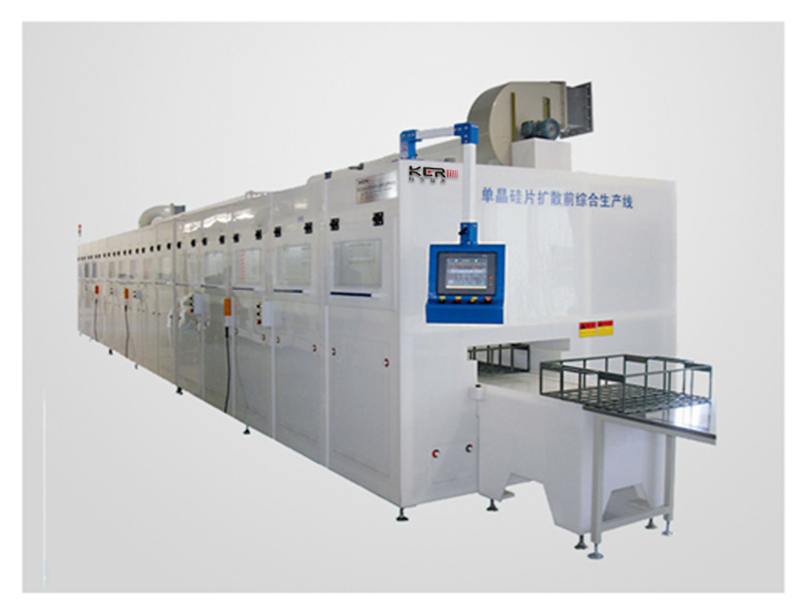
功能性能驗證反映清洗對(duì)工件的實(shí)際影響。對於精密部件(如液壓閥、傳感器),清洗後需進行功(gōng)能測試,檢查其運動靈活性、密封性是否(fǒu)正常 —— 例如閥門需手動操作數次,觀察是否有卡滯現象;密封件需進行壓力測試,確保無泄(xiè)漏,若因殘留雜質導(dǎo)致功能(néng)異常,說明(míng)清洗效果未達標。對於需後續焊接、粘接的工件,清洗效果需滿足工藝要(yào)求:焊接前的工件表麵若有油汙殘留,會導致焊接不牢(láo)固、出現氣孔;粘接前的工件若有雜質,會影響膠水的附著強度,可通過模擬焊接、粘接試驗,檢(jiǎn)測工件的結合性能,判斷清洗是否到位。
Functional performance verification reflects the actual impact of cleaning on the workpiece. For precision components such as hydraulic valves and sensors, functional testing is required after cleaning to check their flexibility of movement and whether their sealing is normal - for example, valves need to be manually operated several times to observe whether there is any jamming phenomenon; Seals need to undergo pressure testing to ensure no leakage. If functional abnormalities are caused by residual impurities, it indicates that the cleaning effect has not met the standard. For workpieces that require subsequent welding and bonding, the cleaning effect must meet the process requirements: if there is oil residue on the surface of the workpiece before welding, it will cause weak welding and the appearance of pores; If there are impurities in the workpiece before bonding, it will affect the adhesion strength of the glue. The bonding performance of the workpiece can be tested through simulated welding and bonding tests to determine whether the cleaning is in place.
清洗一致性與穩定性評估(gū)不(bú)可或缺。在批量清(qīng)洗的工件中,隨機抽取 10%-20% 的樣本進行檢測(樣本量不少於 5 件),若所有樣本(běn)的清潔度(dù)均達到標(biāo)準,說明清洗過程穩定;若出(chū)現部分樣本達標、部(bù)分樣本不合格的情況,需分析是否因(yīn)輸送(sòng)帶速度(dù)不均、噴嘴堵塞導致噴淋不均勻,或工件擺放角度不一致(zhì)影響清洗效果。連續多批次清洗(xǐ)時,需對比(bǐ)不同批次工件的清潔度,若某批次突然出現清洗質量下降,可能是清洗液濃度不足、噴淋壓力異常等原因導致,需及(jí)時排查設備參數。
Consistency and stability assessment of cleaning are indispensable. Randomly select 10% -20% of the samples from the batch cleaned workpieces for testing (with a sample size of no less than 5 pieces). If the cleanliness of all samples meets the standard, it indicates that the cleaning process is stable; If there are some samples that meet the standard and some samples that do not meet the standard, it is necessary to analyze whether the uneven spraying is caused by uneven conveyor belt speed, nozzle blockage, or inconsistent workpiece placement angle, which affects the cleaning effect. When cleaning multiple batches in a row, it is necessary to compare the cleanliness of different batches of workpieces. If a batch suddenly experiences a decrease in cleaning quality, it may be due to insufficient concentration of cleaning solution, abnormal spray pressure, and other reasons. It is necessary to promptly investigate the equipment parameters.
清洗後的(de)鏽蝕與腐蝕風險評(píng)估需長期跟蹤(zōng)。將清洗合格的工件按正常(cháng)存儲條件放置(如室溫、通風(fēng)環境),24 小時後再次檢(jiǎn)查表麵狀態(tài),金屬(shǔ)工件應無新(xīn)增(zēng)鏽蝕,說(shuō)明清洗液的中和、防鏽效果達標(若清洗後未進行防鏽處理,需根據工件材質的鏽蝕敏感性評估)。對於使用腐(fǔ)蝕性較強的清洗液的(de)場景,需通過鹽霧試驗(針對金(jīn)屬工件)進一步驗證:將清洗(xǐ)後的工件放入鹽霧試驗箱,按規(guī)定時間(通常 24 小時)測試後,觀察表麵鏽蝕(shí)程度,若鏽蝕麵積超過 5%,說明(míng)清洗(xǐ)過(guò)程可能對工件造成潛在腐蝕風險,需調整清洗液配方或(huò)工藝參數。
The rust and corrosion risk assessment after cleaning need to be tracked for a long time. Place the cleaned and qualified workpieces under normal storage conditions (such as room temperature and ventilation environment), and check the surface condition again after 24 hours. The metal workpieces should have no new rust, indicating that the neutralization and rust prevention effects of the cleaning solution meet the standards (if rust prevention treatment is not carried out after cleaning, it needs to be evalsuated based on the corrosion sensitivity of the workpiece material). For scenarioses where highly corrosive cleaning solutions are used, further verification is required through salt spray testing (for metal workpieces): place the cleaned workpiece in a salt spray test chamber, test for a specified time (usually 24 hours), and observe the degree of surface corrosion. If the corrosion area exceeds 5%, it indicates that the cleaning process may pose a potential corrosion risk to the workpiece, and the cleaning solution formula or process parameters need to be adjusted.
本文由(yóu)通(tōng)過式噴淋清洗機友情奉獻.更多有關的知(zhī)識(shí)請點擊:http://www.ahfanglei.com91污將會對您提出的疑問進行詳細的解答,歡迎您登錄網站留言.
This article is a friendly contribution from CNC high-pressure cleaning machine For more information, please click: http://www.ahfanglei.com We will provide detailed answers to your questions. You are welcome to log in to our website and leave a message
推薦產(chǎn)品
推薦文章
 公司:濟南科爾(ěr)超聲波設備有限公司
公司:濟南科爾(ěr)超聲波設備有限公司  熱線:18663767799
熱線:18663767799 地址:山(shān)東省濟南(nán)市濟陽區創業路與啟航(háng)街交叉口南40米
地址:山(shān)東省濟南(nán)市濟陽區創業路與啟航(háng)街交叉口南40米




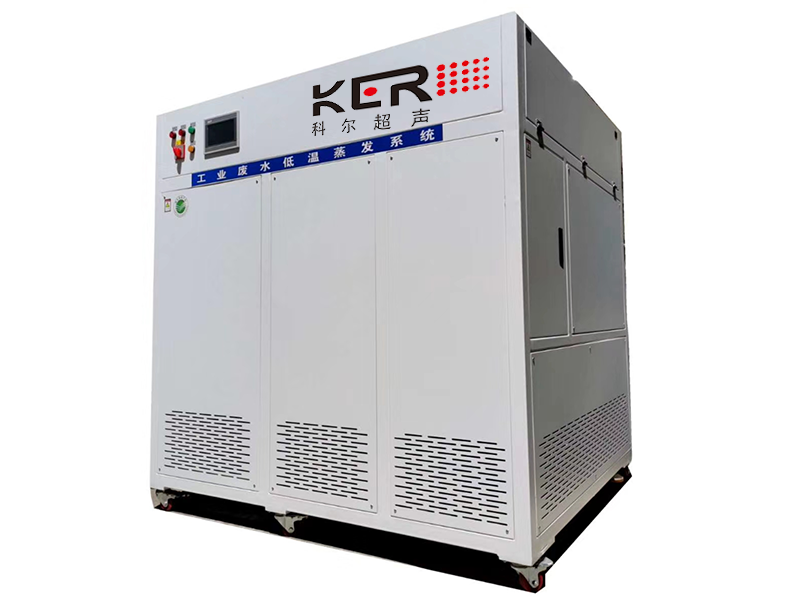
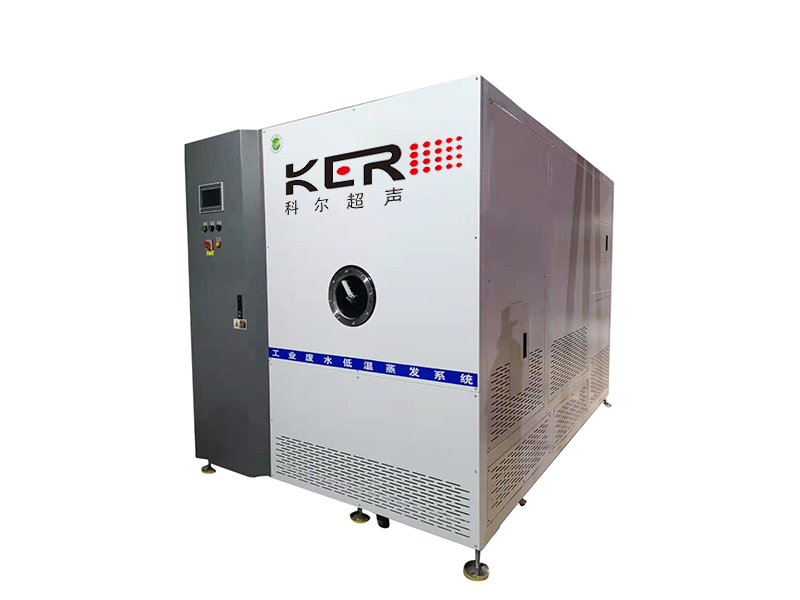
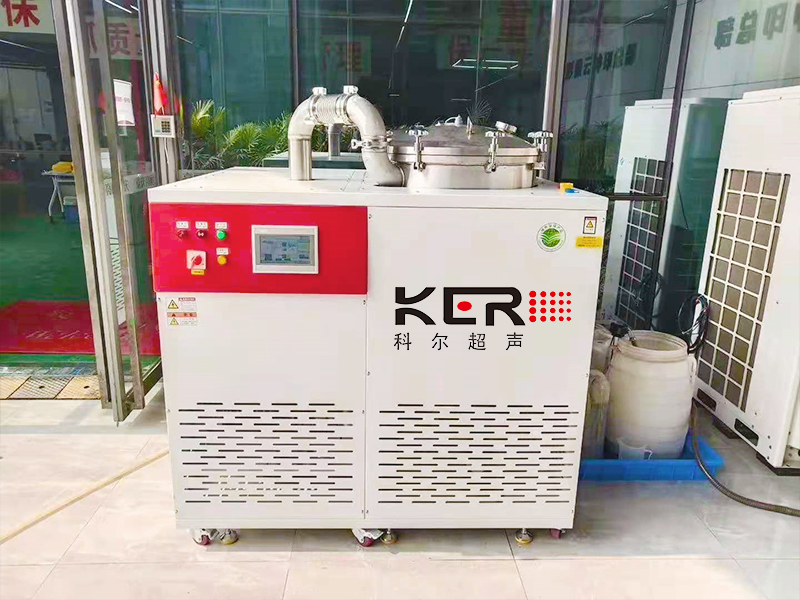

 新聞資訊
新聞資訊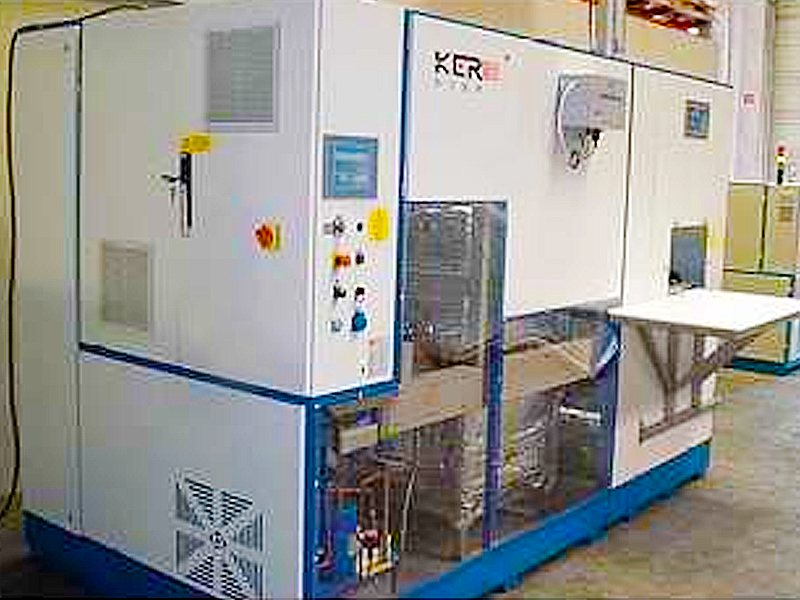
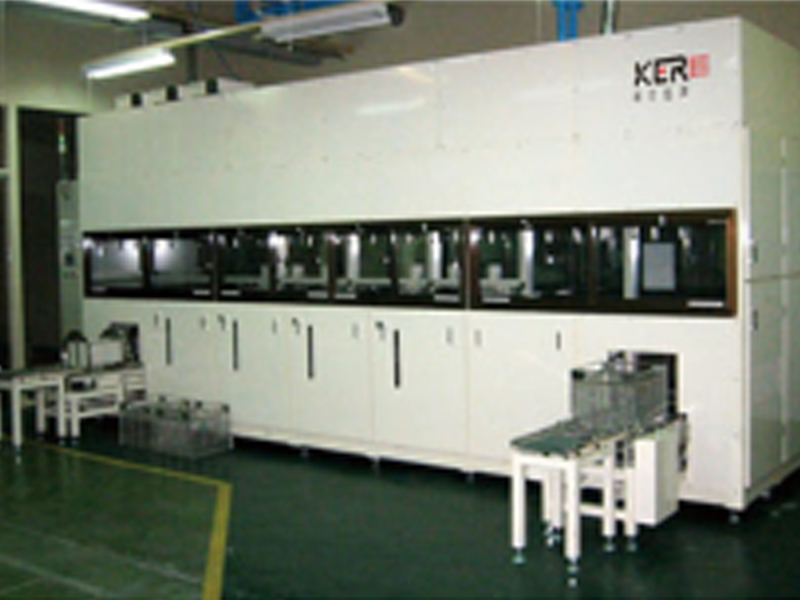
 聯係91污(men)
聯係91污(men)
 谘詢電話:18663767799
谘詢電話:18663767799 E-MAIL:jnkergs@163.com
E-MAIL:jnkergs@163.com 地址:山東省濟南市濟陽區創業路與啟航街交叉口南40米
地址:山東省濟南市濟陽區創業路與啟航街交叉口南40米 魯公網(wǎng)安備 37011202001385號
魯公網(wǎng)安備 37011202001385號
